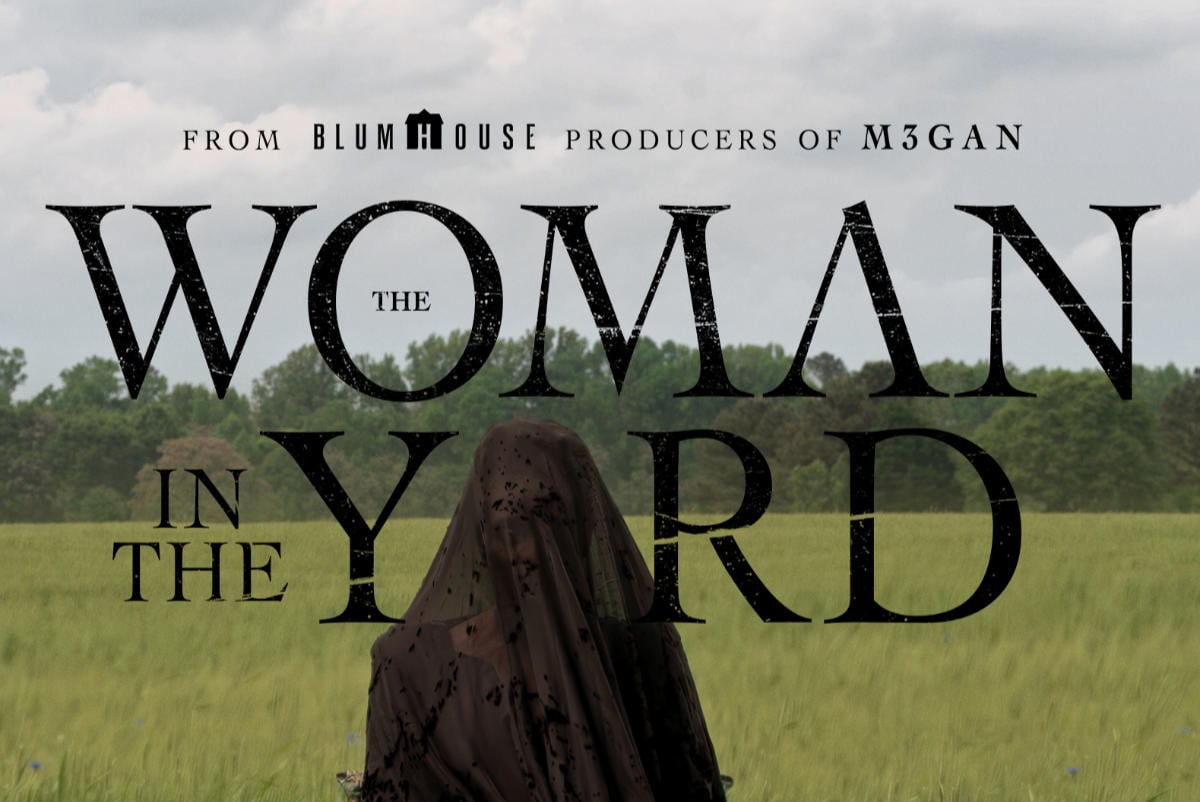Centurion – A Brutal, Visceral Tale of Survival and War
Centurion (2010), directed by Neil Marshall, is a blood-soaked historical action thriller set in Roman Britain during the 2nd century AD. Blending myth and history, the film offers a fictional account of the mysterious disappearance of the Ninth Legion — a Roman battalion that, according to legend, vanished in the misty highlands of Scotland. Marshall, known for his work on The Descent and Doomsday, brings his signature style of gritty, fast-paced action to this tale of survival behind enemy lines.
The story centers on Quintus Dias (played by Michael Fassbender), a Roman centurion who survives a brutal Pictish raid on a frontier fort. Captured and tortured, Dias escapes and soon joins up with the Ninth Legion, led by General Titus Virilus (Dominic West), as they prepare for a campaign into Pict territory. But the legion is ambushed in a carefully planned trap, and Virilus is taken prisoner. Dias, along with a small group of survivors, finds himself deep in hostile territory, relentlessly pursued by a band of Pictish warriors led by the fierce and silent tracker Etain (Olga Kurylenko).
What follows is a desperate game of cat and mouse across the wild, unforgiving landscape of northern Britain. The survivors must navigate treacherous terrain, betrayal, and dwindling supplies, all while hunted by enemies who know the land far better than they do. The harshness of the environment becomes a character of its own, reflecting the brutality of the conflict and the futility of the Roman imperial mission in this remote corner of the world.
Michael Fassbender delivers a compelling performance as Dias — stoic, resourceful, and torn between loyalty to Rome and a growing realization of its failure. His internal struggle is subtle but powerful, and his physical presence grounds the action in a believable sense of danger. Olga Kurylenko, almost unrecognizable as Etain, plays the vengeful tracker with an icy intensity. Though her character doesn’t speak, her feral energy and expressive eyes make her one of the most memorable aspects of the film.
Visually, Centurion is grim and atmospheric. The film makes full use of its natural locations, with sweeping shots of snow-covered forests, misty moors, and craggy mountains. The cinematography emphasizes both beauty and savagery, and the frequent battles are captured with kinetic energy and graphic violence. Swords clash, arrows fly, and blood splatters freely — true to the director’s unflinching style.

While the narrative is straightforward — a chase movie at heart — the film does touch on themes of empire, colonialism, and cultural resistance. The Romans are not portrayed as noble heroes, but as invaders facing the consequences of their hubris. The Picts, often demonized in other historical depictions, are given a fierce dignity, fighting not for glory but for survival and freedom.
Centurion may not offer the deep political intrigue of other Roman epics, but it excels in intensity, pacing, and raw, visceral storytelling. It’s a brutal, lean film that doesn’t waste time on grandeur but instead plunges the viewer into the mud, blood, and fire of ancient warfare. For fans of historical action with a darker edge, Centurion is a gripping, adrenaline-fueled experience that leaves a lasting impression.



-1752543744-q80.webp)